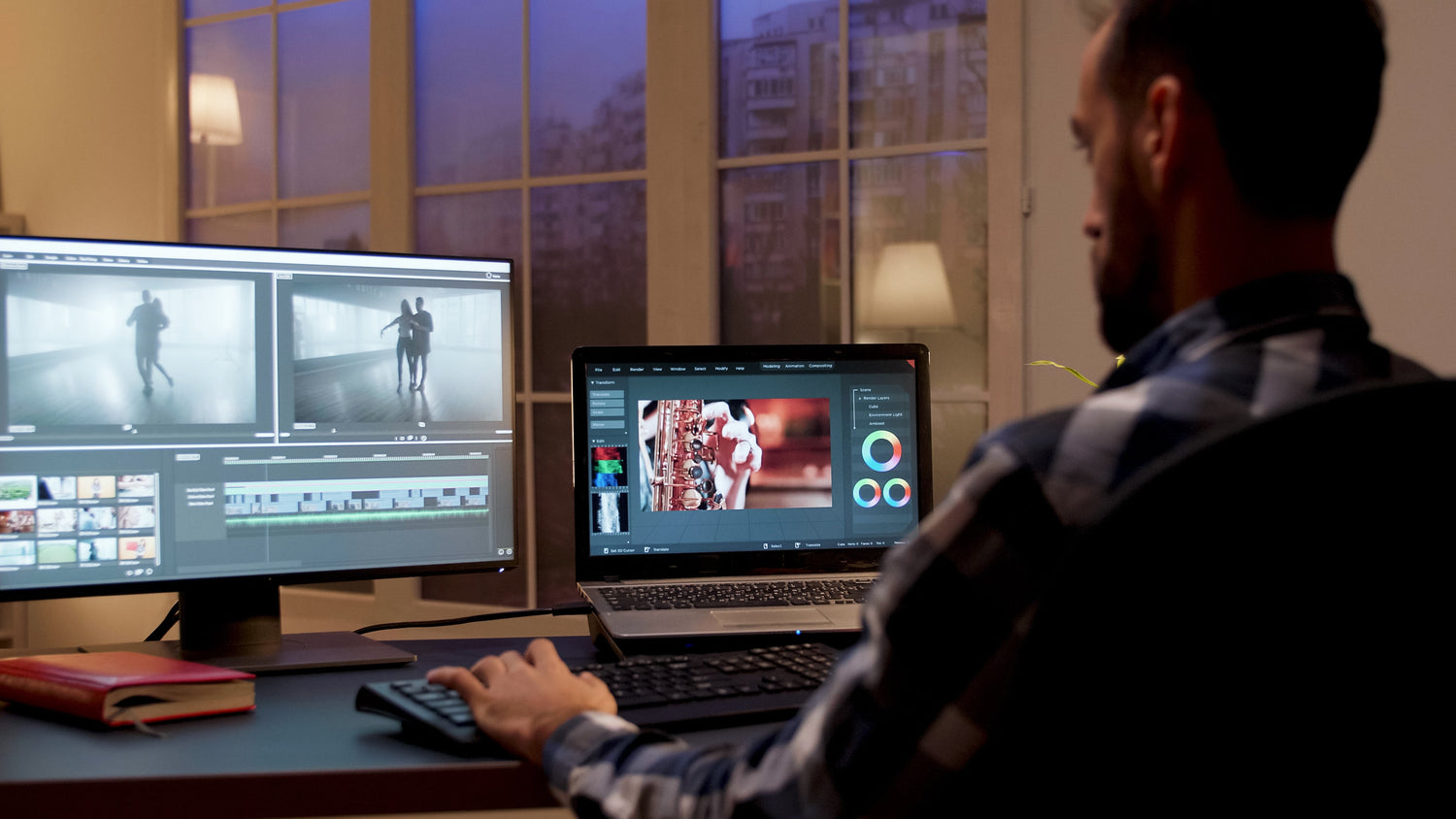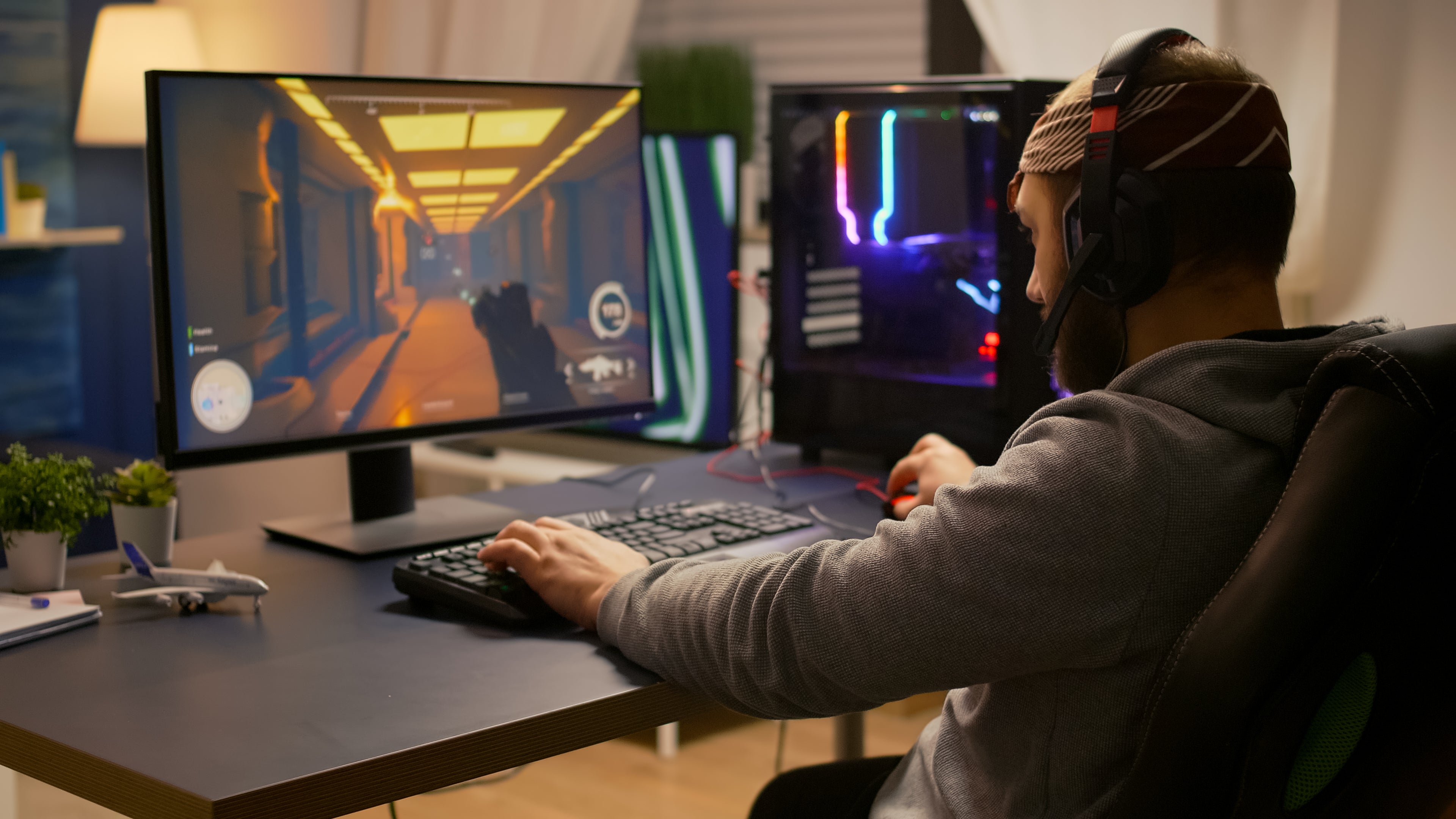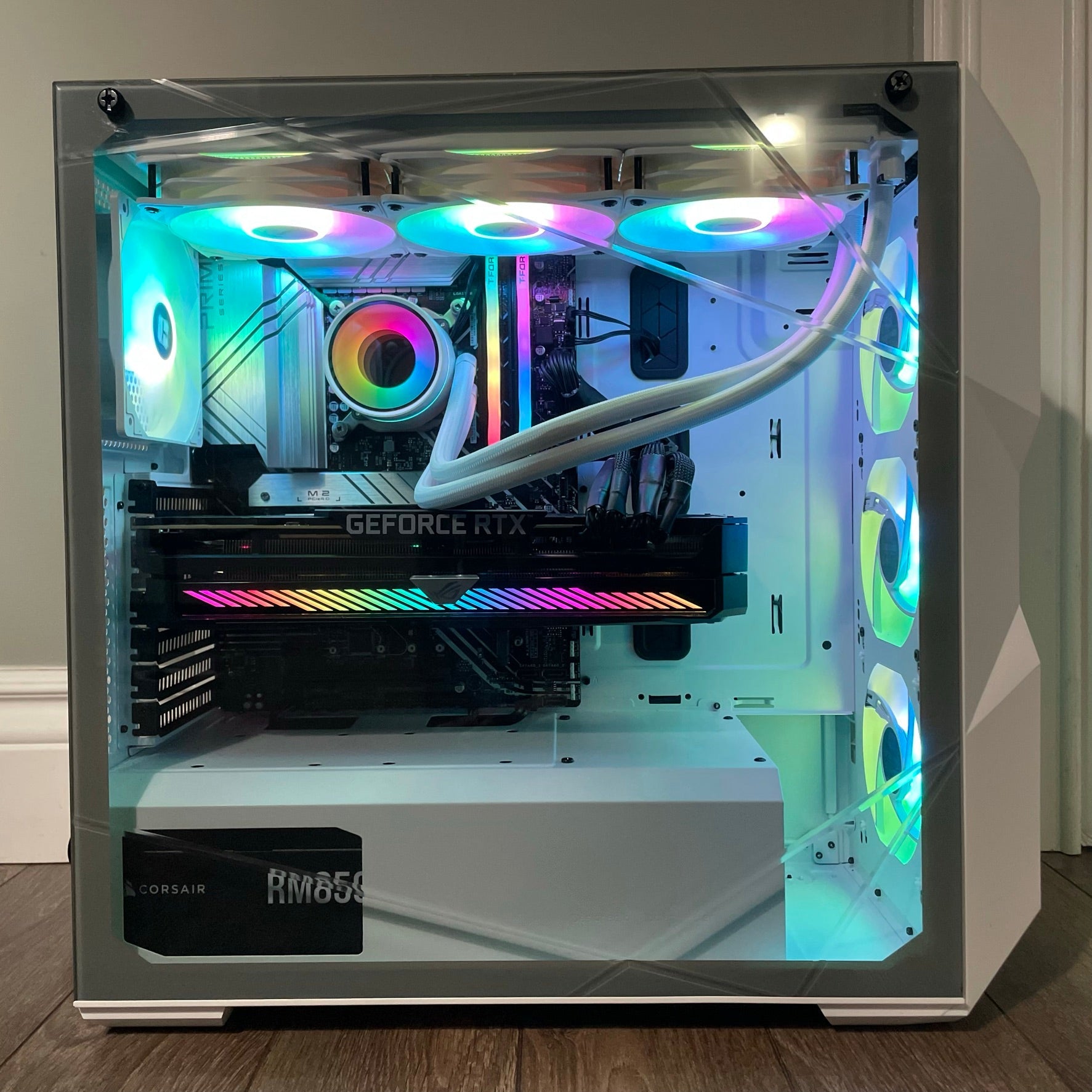The ever-growing demand for video consumption drives more and more people to become video content creators. Does that mean you should buy a hefty desktop tower with an even bigger price tag? The answer to this question may depend on your circumstances. While professional content creators who produce stunning cinematic videos will surely demand a PC with top specifications, for average netizens, a budget video editing PC is arguably the best starting point, whether you build it by yourself or buy it from a trusted brand.
Building a PC for video editing can lead to faster rendering, smoother video playback, and a more reliable workflow. Still, it can quickly become an expensive over or underpowered headache if you don't research. This guide will help freelance editors interested in building their PC workstations but might need help knowing exactly where to begin.
First, Ask Yourself: What's Your Budget?
Start by asking yourself, "What's my budget?" Think of your new PC as a business investment. In other words, don't ask, "How much should I spend?" instead, ask, "Will I get a good return on this investment?" Having set up this mindset, you will have a much better idea of what you are willing to spend. If you're editing part-time, an excellent thousand-dollar monitor might sound like a luxury. Still, if you spend 12+ hours a day staring at monitors, and this monitor helps alleviate eye strain or back pain, then $1,000 for 3+ years of work sounds reasonable.
I advise full-time, professional editors to consider spending around $2,500-$3,000 on a workstation. Newer editors who are working part-time, or are still in school, should aim for around $1,500.
Second: What kind of footage do you work with?
Understanding and predicting your needs regarding file formats, codecs and transcoding will help you understand how much CPU processing power and hard drive storage you need.
- Do you mostly edit 30-second promos or two-hour documentaries?
- What camera formats do you mostly edit?
- What about resolution? Are you expecting to edit in 1080p or 4k?
- Are you also colour-correcting or adding visual effects to your projects?
- Do you plan on using a proxy workflow and finishing your project elsewhere?
Finally: What Do You Need to Build a Budget Video Editing PC?
Video editing is a very demanding process that requires a powerful computer. If you're on a budget, you can still build an excellent budget video editing PC by following a few simple tips.
First, you need a few things to build a budget video editing PC: A processor, a graphics card, storage, memory, and a motherboard are the main components. You can get all these things for around $500, which is excellent.
CPU
The CPU is certainly the brain of a computer, so you need to pick the processor designed for your intended task, which translates to getting a chip of the right brand, generation, family, and tier. Intel Core and AMD Ryzen CPUs are ideal for building video editing PCs. Still, if you want to limit the total cost of your system to around $500, consider more moderate Core i5 or Ryzen 5 chips rather than going for the top-of-the-line Core i9 and Ryzen 9 processors.
Motherboard
A motherboard is the foundation of a PC system, as it holds all the components together. While graphics cards, memory sticks, and hard drives are interchangeable across systems, the CPU socket on a motherboard is often specific. For instance, a socket designed for Intel CPUs won't support AMD chips, and vice versa. Also, the LGA 1200 socket used for the 10th and 11th Gen Intel Core processors won't work with the 12th Gen Intel Alder Lake CPUs. So, once you have chosen the processor to power your video editing PC, you must also get a compatible motherboard.
GPU
The GPU is another essential component of a video editing PC, as many video editing apps, including Adobe Premier and Power Director, will utilize the GPU to help render on the fly. While a decent graphics card is needed for efficient editing, there's no need to go overboard and spend a fortune on the most premium graphics cards. For average consumers who don't always use intensive rendering and heavy filters, moderate graphics cards such as the Nvidia GeForce RTX 1650 or the AMD RX 6400xt may be good enough. If your budget is so tight that you cannot afford a discrete graphics card, please ensure that your chosen processor's integrated GPU is good enough.
RAM
RAM, or random access memory, is next to the CPU on a motherboard. The CPU or GPU cannot access the data until loaded into the RAM. For instance, when you edit video footage in Adobe Premiere, the program files and video files are loaded from the SSD into the RAM, then the CPU and GPU will do all of the editing and rendering at your command. If you want your videos to be more polished than the average content found on TikTok, you should get at least 8GB memory for your budget video editing PC.
Storage
It's essential to get relatively fast storage for your system. Video files are usually much more significant than photos and Microsoft Office documents, so loading them from the hard drive could take a long time if your storage could be faster. Besides speed, capacity also matters, as you will need a lot of space to store raw video footage. For budget video editing PC, we recommend getting a fast PCIe-based SSD of at least 500GB. If your collection of video footage exceeds 1TB, a combination of an SSD and a cheaper high-capacity HDD is the most sensible way to go.




Leave a comment
All comments are moderated before being published.
This site is protected by hCaptcha and the hCaptcha Privacy Policy and Terms of Service apply.